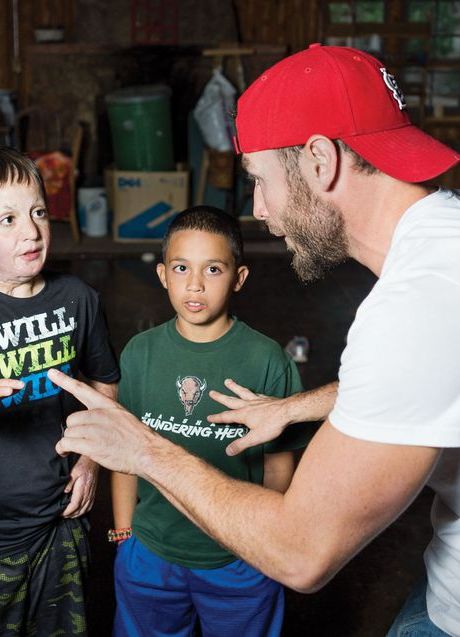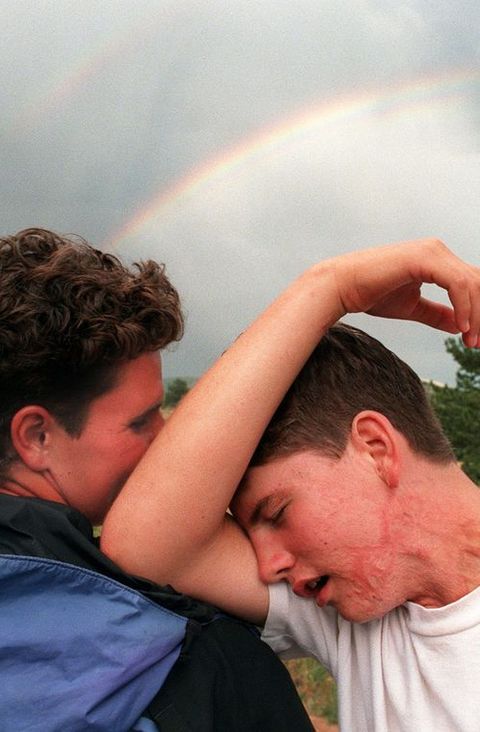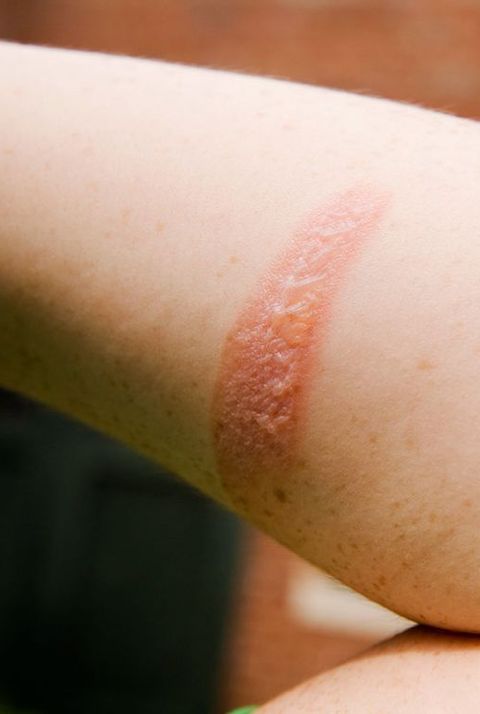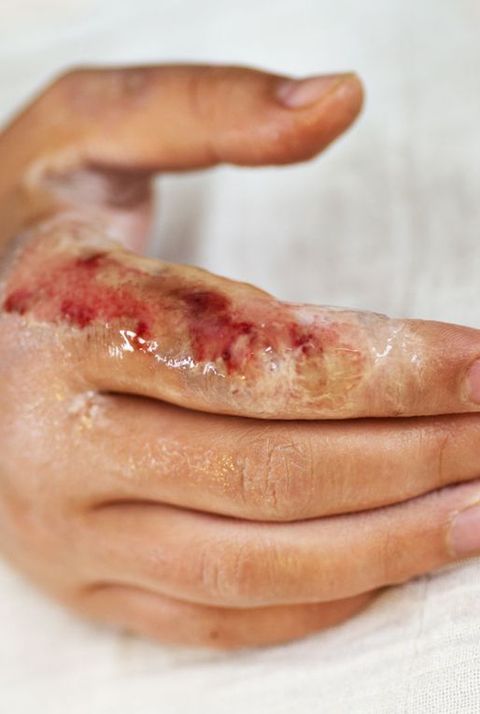
Tragically with southern California still ablaze sharing a basic understanding of burns seems prudent. I’ll start by sharing some perspective I received working at the Denver Children’s Hospital Burn Camp. Then, I’ll talk about the science and application of initial burn care, life threats and recovery. Be my guest to skip straight to the practical—we all learn differently.
“OK I have to stop.”
“Ten more steps bud, you’re doing great. Ten more, then we can rest for a sec.”
A grunt of submission and acceptance. We complete the 10-step verbal contract and rest briefly.
“You ready to keep moving?”
“Ten more seconds.”
His proposal seems reasonable. I count down, and we continue.

We march on in this slinky manner of rest and progress, now far behind the rest of the group, the first light of the morning sun just starting to reveal the jagged peaks of the Colorado Rocky Mountains. A half hour passes. The full light of morning now upon us, we continue up the trail and begin to hear music loudening with each step. My hiking partner, Caden, an 8-year-old boy who received significant facial burns and permanent respiratory damage in a trailer park fire years earlier, is moments away from the top of his first mountain. We round the final switchback, and a pajama dance party is in full swing celebrating a Burn Camp tradition of the “sunrise hike.”
We receive a hero’s welcome.
Caden, whose damaged lungs struggle in the thin air of the Rockies, had been fearing this event for days and genuinely did not believe he could complete the task. He looks up at me with the pride of a man achieving personal greatness, thanks and hugs me, then scampers off to play with his friends. I stand still, looking out over the music, the campers dancing in their ridiculous pajamas, and Cheley Colorado Camps nestled the mountains I so love.
“No Caden, thank you,” I say to myself silently. I rest in gratitude for a brief moment longer, then jump into the madness.
Watching this scene, the campers aged 6-18 look free and happy, like any other children creating wonderful summer camp memories. However, they share the common bond of suffering. Burn recovery is long and painful: frequent dressing changes on par with wartime torture; skin grafting causing each graft site to feel like the largest, deepest carpet burn you can imagine; and the sad psychological truth that a large percentage (20 percent of patients admitted to pediatric burn units) of burn injuries are non-accidental. To be clear: A larger, stronger adult—generally one of their parents—chose to inflict this terror upon them.

But the human spirit is amazing, and years removed from the trauma, these kids are normal and fun. They have scars, but they also have an earned mental resilience and the same opportunity for growth, happiness, and a fulfilling life as the rest of us.
Burn Medicine 101
Immediate life threats are inhalation injury, dehydration, blunt trauma resulting from the chaos of the incident, and carbon monoxide and cyanide toxicity. If you are in an enclosed area, cover your mouth with a wet rag to cool the fumes coming into your airway, force yourself to remain calm, and get out into the open as fast as possible. Carbon monoxide will dilute in the open, and cyanide toxicity is generally due to fumes from various plastics found inside the home. Blunt trauma is common with panic causing a fall down stairs or jumping out windows to avoid the fire.
Burns are categorized by depth. A first degree burn only effects the outer most layer of the skin (epidermis) and is red and painful but does not blister. A sunburn is a common example. Treat this by cooling as soon as possible with water or refrigerated Aloe Vera gel, not ice. This will heal in days to a week and will not scar, seeking medical treatment is generally not necessary.

Second degree (sometimes called superficial and deep partial thickness) burns extend into the dermis, the deeper skin layer where sweat glands and hair follicles live. These are also red and very painful but will blister. Again, you want to rapidly eradicate the stored heat with cool running water, prevent further exposure and cover these in an antibiotic ointment such as Neosporin or bacitracin to help prevent infection. Silvadine (Silver Sulfadiazine) is appropriate for third degree burns, but will increase scarring and should not be used on lesser burns. Blisters contain both bad inflammatory cells and good healing factors and experts do not currently agree if they should be popped. It is reasonable to make a small hole in thin walled blisters with a sharp, sterile object to relieve the fluid. Second degree burns carry a significant risk for scaring and dehydration and formal medical care should be strongly considered. Burns larger than 10X the size of your palm or on the hands, face, genitals or over joints require formal medical evaluation preferably at a hospital that specializes in burn care know as a burn center.

Third and fourth degree burns extend all the way through the skin and go into the fat, muscle or bone. They are pale and leathery and do not hurt as the sensory nerves are destroyed, though are often surrounded by very painful burns of less depth. The initial treatment is the same, cool and protect but these or any burn from electricity or chemicals are extremely high risk for serious complications and medical treatment at a burn center is absolutely mandatory.

The burn recovery process is long and painful. Years and multiple operations can be required. I understand the words and numbers, but have no real way of knowing what burn patients really endure. I do know first-hand however, that thousands have survived the process and come out of it incredible human beings with a mental strength and perspective earned through suffering.
Source: Read Full Article
